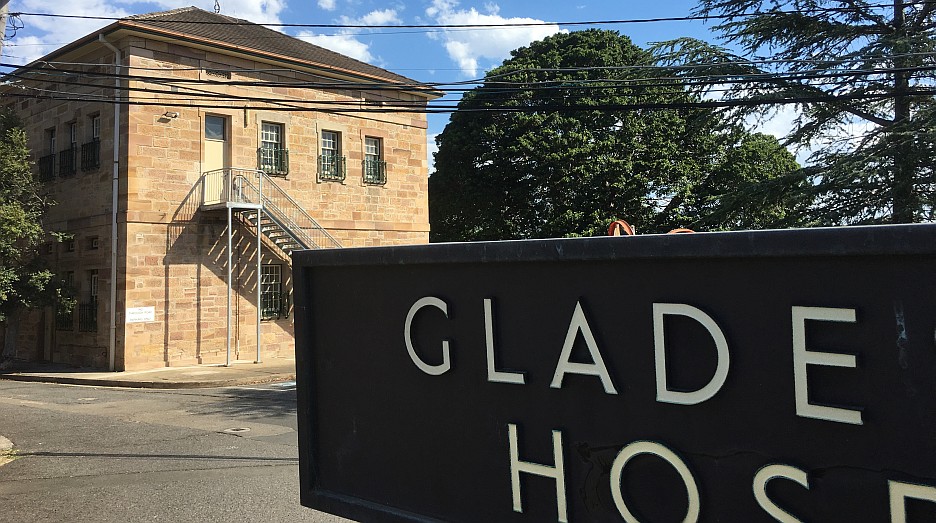It is 25 years since the closure of Gladesville Hospital, one of NSW’s notorious asylums and mental hospitals. In the forecourt off Victoria Road are the unmarked burials of more than 1,200 former inmates. Some 305 burials are without records.
Opened in 1838, the high level of stigma about mental health and illness meant that families often refused to pick up their relatives’ bodies when they died, forcing the institution to create mass graves. Evidence suggests that not all inmates were experiencing mental illness as we now know it. Complaints about abuse were often noted as further evidence of the patient’s delusion and insanity.
New laws were enacted, focussing on an individual’s capacity to make decisions, or supported-decisions, and have those decisions respected by practitioners.
Capacity Australia (The Australian Centre for Capacity, Ethics and the prevention of Exploitation of People with Disabilities) writes:
“Everyone has the right to make their own decisions or if needed to have support to make their own decisions. This right must also be balanced against the need to protect a person from harm to themselves or from exploitation.”
Capacity Australia publishes a range of resources aimed at health professionals including Mini-Legal Kits. They have recently launched an online resource Global Learning that they claim is “designed to teach you everything you need to know about Capacity in under 30 minutes”.
Capacity Australia earlier this month held Death on the Beach: The First World Conference on End of Life Psychiatry at Maroubra Beach.
Pic: Gladesville Hospital entrance


